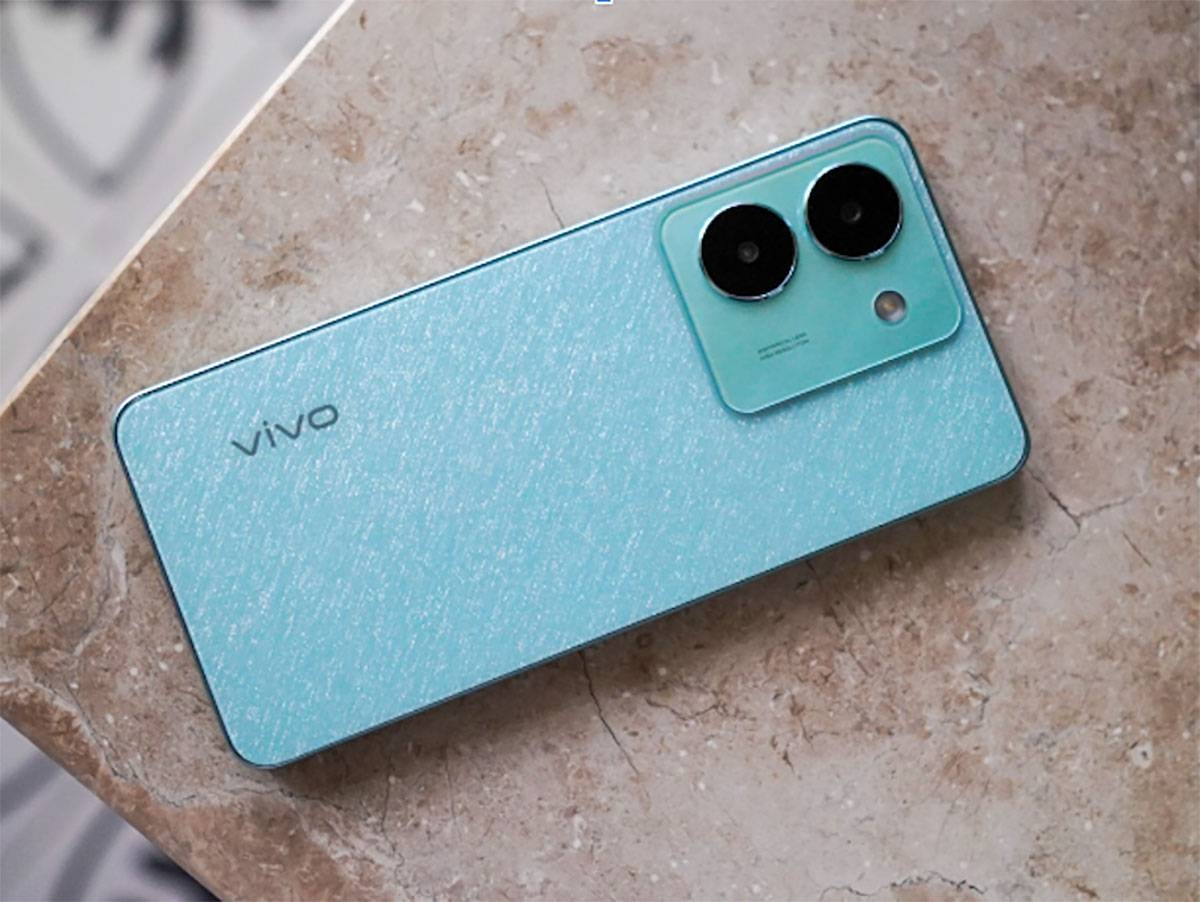SMARTPHONE maker vivo recently launched a new device in the Philippines, the Y36, a smartphone with decent features that you might want to check out if you are on the lookout for a new device. In this vivo Y36 review, we will talk about what you need to know about this phone if you are considering picking one up.
Priced at P12,999 SRP, the Y36 is a mid-range smartphone targeted at young people for their everyday multimedia use as it offers a high refresh rate screen, 44W fast charging, long battery life, and software optimizations so you can run multiple apps simultaneously.
First off, let's take a look at the phone itself. Our vivo Y36 review unit comes in the Glitter Aqua design, which has some sort of brushed glitter back piece in the color teal. We find the color aesthetically pleasing to look at and are happy to report that the glass back of the phone is not prone to fingerprints. vivo also offers this smartphone in Meteor Black, which is the same brushed pattern but in glittery black.
The screen of the Y36 is a 6.64-inch FullHD+ LCD display with a punch-hole notch that houses the selfie camera. More on the screen, it is feature-packed with a 90 Hz refresh rate and a 240 Hz sampling rate that show very responsive and fluid phone animations and a snappy UI experience.
On the right side of the phone, you have the volume rocker and main power button, which are clicky and satisfying to use. It is also good to note that the power button doubles as a fingerprint scanner. At the top of the phone, you can find the dual SIM card slot that also accepts a microSD card, and finally, you have the USB-C port and headphone jack on the bottom.
Overall, the phone has a boxy feel with sharp edges that feel really solid to hold. We much prefer this kind of feel compared to smooth and curved smartphone bodies that easily slip out of our hands. This is very subjective, though, and others might think differently.
Now let's talk about cameras. The vivo Y36 is packed with a 16MP front camera and a 50MP main camera on the back, paired with a 2MP depth bokeh camera. The main camera takes excellent photos with very sharp detail and could produce natural-looking bokeh (depth of field/background blur), thanks to its wide f/1.8 aperture.
Though the camera software offers a portrait mode that tries to artificially create a background blur, you won't need it in most cases. The images that the main camera produces also have a very good dynamic range, and mobile photographers will have fun snapping photos for their Instagram using this camera.
Unfortunately, video recording on the Y36 is limited to 1080p (full HD) at 30 fps (frames per second), and some mobile videographers and vloggers might find it lacking. This is mainly limited by the SoC (system on a chip), which is the Snapdragon 680 (more on that later), but with enough creativity, we feel 1080p 30 fps video mode is more than enough for most people.
As mentioned, the Y36 is equipped with a Qualcomm Snapdragon 680 processor, which is purpose-built for extended multimedia consumption, optimal gaming performance, and exceptional photography algorithms. It focuses on power efficiency with its 6nm (nanometer) process, and I'm happy to report that as of writing this article, our Y36 unit's battery software says it should last for two more days even when we last charged it three days ago.
Gaming performance, however, is a mixed bag. Heavy games like Honkai Star Rail and Genshin Impact struggle to run even on low graphical settings (in fairness, these games are hard to run on most entry- and mid-range phones), but lighter esports games such as Mobile Legends, Call of Duty Mobile, and PUBG run well, giving buttery smooth visuals thanks to the screen's high refresh rate with medium to high graphics settings. Any mobile gamer will find the performance satisfying and have a competitive edge with the screen's fast 240 Hz sampling rate and low latency in their in-game controls and interactions.





